Contents
Knock-Out & Transgenesis

In the laboratory, model organisms are modified in order to understand the basic mechanisms of genes. The transformation of recombinant DNA into bacteria is an example of a genetic modification. Other model organisms, like mice, are used to study genes. Through recombinant DNA scientists can selectively ablate a gene, or create a knock-out (KO).
Embryonic Stem (ES) cells are pluripotent cells with the capacity to differentiate into other cell types. Cultured ES cells can be transfected with plasmid DNA in order to genetically alter them. Linearized vectors containing a disrupted gene can homologously recombine with the native gene to replace it. Selection of cells with the disrupted gene by an antibiotic (like G418) enables the isolation and propagation of engineered ES cells.
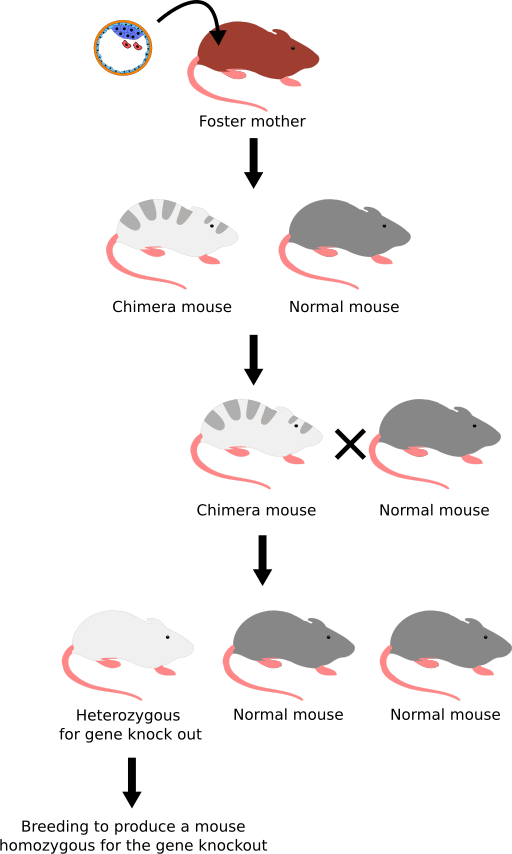
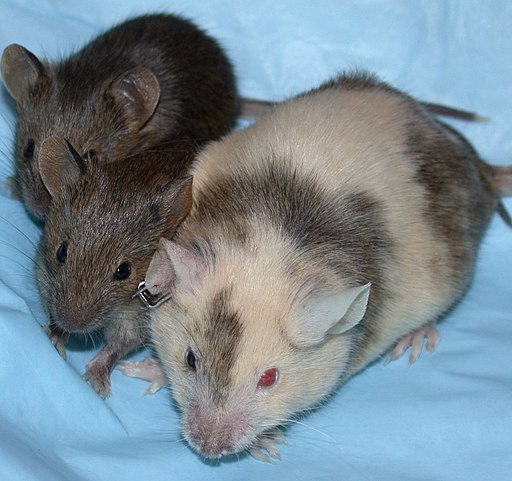

Scientists can also overexpress or heterologously express foreign genes in what are termed transgenic organisms. As the name sounds, transgene refers to a gene from one place brought across into another.
Transgenic and KO models permit scientists to study the roles of genes inside the organism and understand basic functioning.
Through mutagenesis, derivatives of the green fluorescent protein (GFP) have been produced to provide a palette of colors. Additionally, the subsequent discovery of similar genes from other cnidarian species have aided biotechnology by providing tracer molecules within developing organisms or within cells.
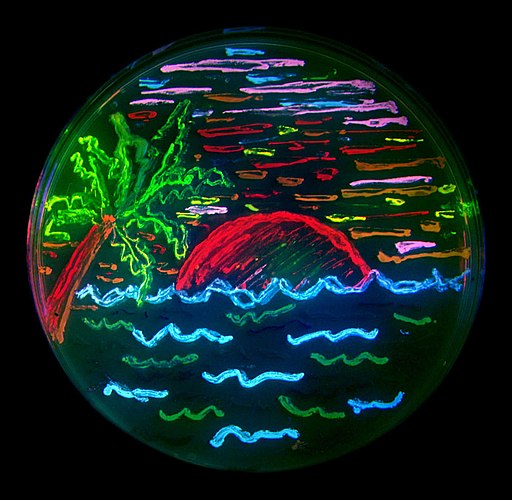

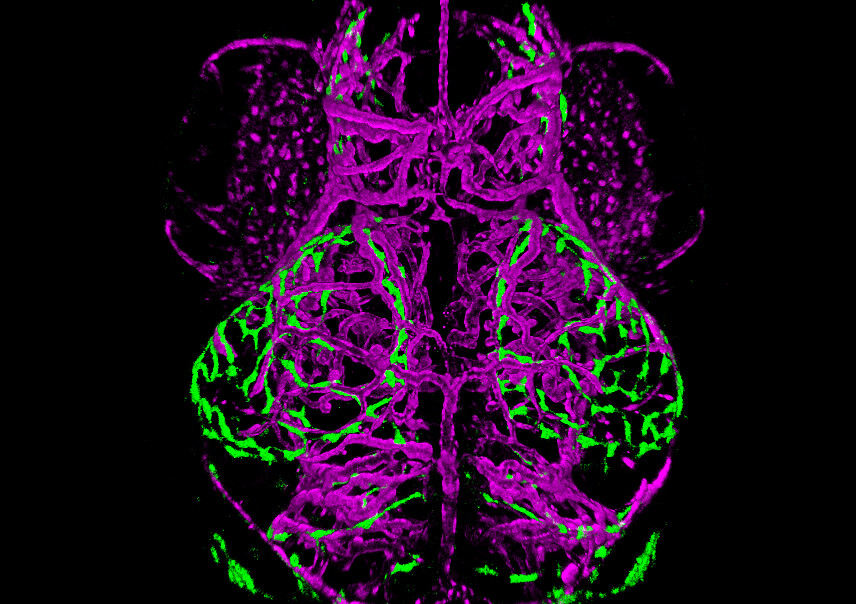
CRISPR-Cas9

Clustered Regularly Interspaced Short Palindromic Repeats (CRISPR) is a family of DNA sequences found in the prokaryotic genomes that arose from prior infection by bacteriophage. These sequences confer immunity to future infection by aiding the detection and destruction of bacteriophage DNA. CRISPR associated protein 9 (Cas9) is a dual RNA-guided DNA endonuclease enzyme expressed in Streptococcus pyogenes that interrogates DNA to direct cleavage of foreign DNA. The ability to design alternative guide RNAs allows for the use of CRISPR-Cas9 towards genomic editing.

Further Reading
Gene Drive
Gene drive seeks to propagate a trait within a population that exceeds the natural Mendelian ratios. This can be done using CRISPR-Cas9 to direct a the incorporation of a gene payload to render offspring homozygous while inheriting the trait from only one parent.
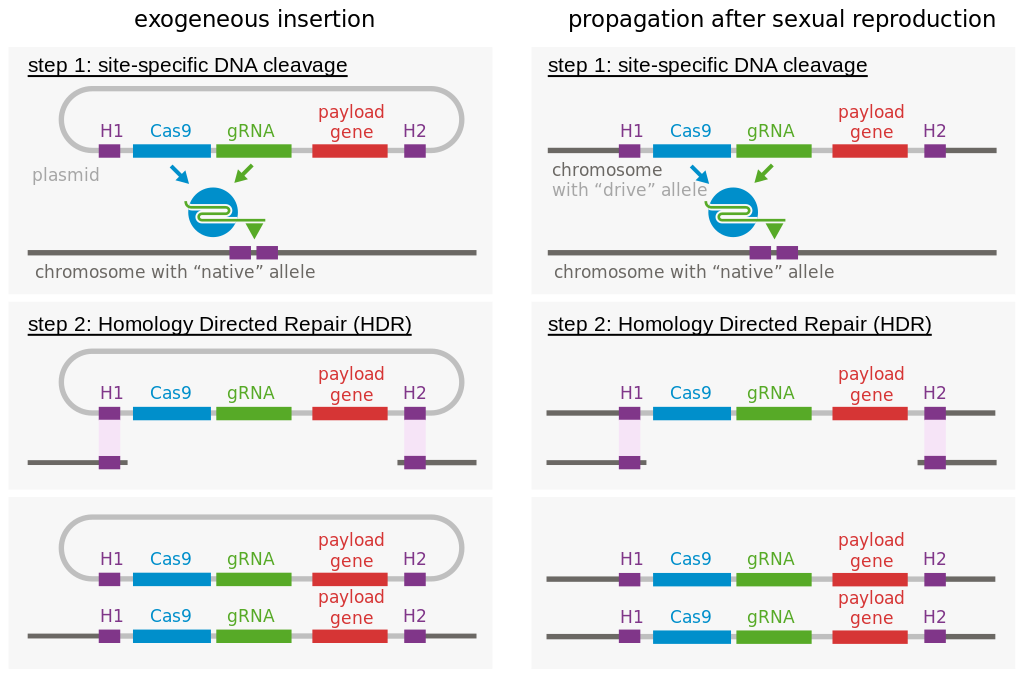

Tags: integration of knowledge, life-long learning, breadth of knowledge


